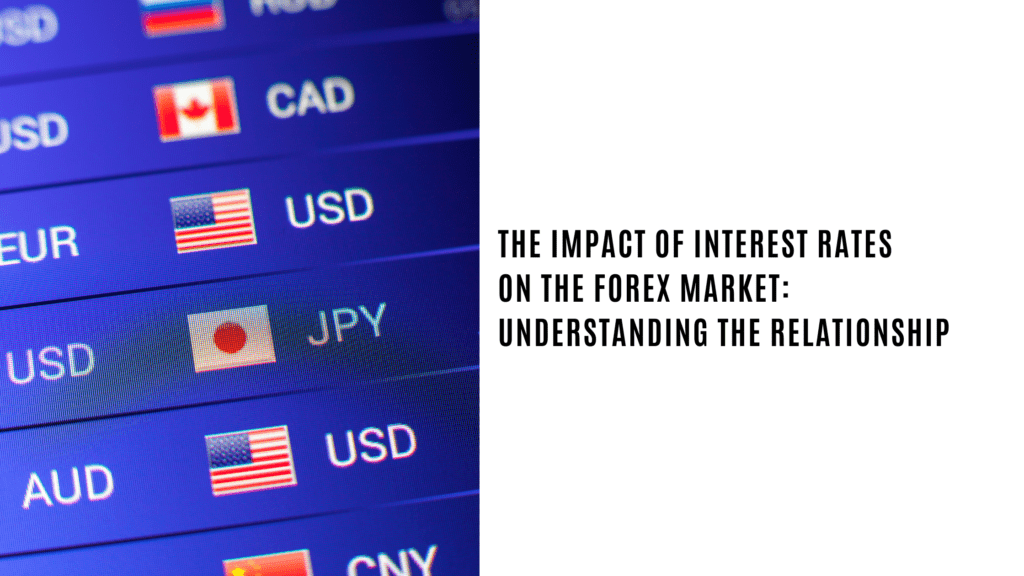Interest rates play a significant role in the Forex market, as they can directly affect the value of currencies. In this article, we will discuss the relationship between interest rates and the Forex market, and how traders can potentially use this information to make more informed trading decisions.
Interest Rates and Currency Values in Forex Market
Interest rates can directly impact currency values, as they can affect the attractiveness of a country’s economy to investors. When a country raises its interest rates, it can make its currency more attractive to investors, as it can possibly provide a higher return on investment.
This can lead to an increase in demand for the currency, which can cause the value of the currency to appreciate. On the other hand, when a country lowers its interest rates, it can make its currency less attractive to investors, which can cause the currency’s value to depreciate.
Central Banks and Interest Rates
Central banks, such as the Federal Reserve in the United States or the European Central Bank in Europe, typically set interest rates. Central banks use interest rate policy as a tool to control inflation and stabilize their economies. For example, if a central bank is concerned about inflation, it may raise interest rates to slow economic growth and decrease inflation. On the other hand, if a central bank becomes concerned about a recession, it may lower interest rates to stimulate economic growth.
Interest Rate Differentials
Interest rate differentials, which are the difference in interest rates between two countries, can also impact the Forex market. For example, suppose the interest rate in the United States is higher than the interest rate in Japan. In that case, the US dollar may be more attractive to investors, which can cause the value of the US dollar to appreciate against the Japanese yen.
Traders can use interest rate information to potentially make more informed trading decisions. For example, traders can monitor interest rate decisions and statements made by central banks, as well as economic indicators such as inflation and gross domestic product (GDP), to gain insight into the future direction of interest rates. Additionally, traders can monitor interest rate differentials between countries to identify potential trading opportunities.
It is important to note that traders should not use interest rate information in isolation, as it is just one tool among many that can be used in technical analysis. Traders should use it with other forms of analysis, such as technical indicators and fundamental analysis, to make more informed trading decisions. Additionally, interest rate decisions can be affected by various factors such as political events, economic data releases, and other market-moving news, so it is essential to stay up-to-date with the latest developments in the market.
Conclusion
Interest rates play a significant role in the Forex market, as they can have a direct impact on the values of currencies globally. Traders can use interest rate information to potentially make more informed trading decisions by monitoring interest rate decisions and statements made by central banks, as well as economic indicators such as inflation and GDP, to gain insight into the future direction of interest rates.
Additionally, traders can monitor interest rate differentials between countries to identify potential trading opportunities.
Remember, past performance is not necessarily indicative of future results. It is vital to seek professional advice before making any investment decisions, do your research, and seek independent financial advice.

